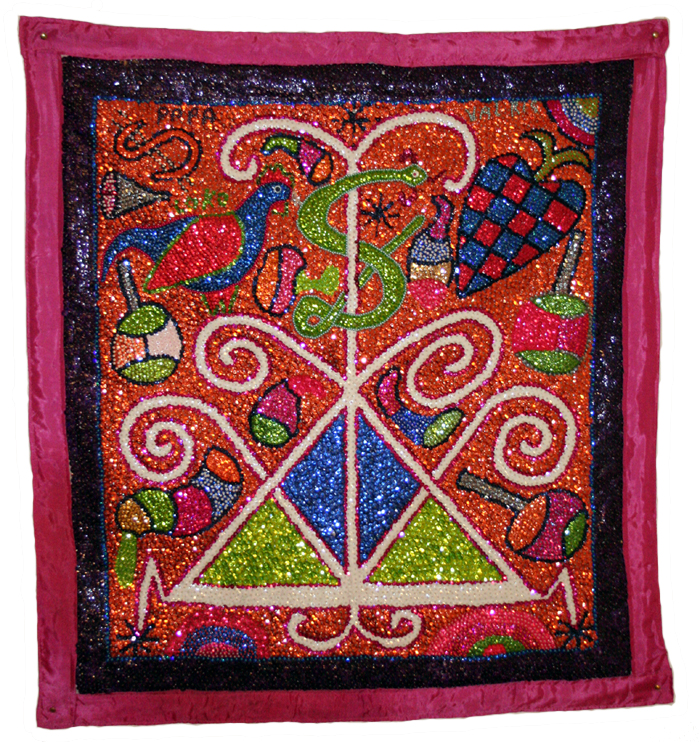|
Legba
Papa Legba is a lwa in Haitian Vodou, Winti and Louisiana Voodoo, who serves as the intermediary between the lwa and humanity. He stands at a spiritual crossroads and gives (or denies) permission to speak with the spirits of Guineé, and is believed to speak all human languages. In Haiti, he is the great elocutioner. Legba facilitates communication, speech, and understanding. He is commonly associated with dogs. Papa Legba is invoked at the beginning of every ceremony. Papa Legba has his origins in the historic West African kingdom of Dahomey, located within present-day Benin. Appearance He usually appears as an old man on a crutch or with a cane, wearing a broad-brimmed straw hat and smoking a pipe, or drinking dark rum. The dog is sacred to him. Legba is syncretized with Saint Peter, Saint Lazarus, and Saint Anthony. His ''veve'' incorporates a walking cane on the right side. Offerings to him typically include candy. Legba is a favorite Lwa of children due to his jolly, ... [...More Info...] [...Related Items...] OR: [Wikipedia] [Google] [Baidu] |
Haitian Vodou
Haitian Vodou is an African diasporic religion that developed in Haiti between the 16th and 19th centuries. It arose through a process of syncretism between several traditional religions of West and Central Africa and Roman Catholicism. There is no central authority in control of the religion and much diversity exists among practitioners, who are known as Vodouists, Vodouisants, or Serviteurs. Vodou revolves around spirits known as '' lwa.'' Typically deriving their names and attributes from traditional West and Central African divinities, they are equated with Roman Catholic saints. The lwa divide up into different groups, the ''nanchon'' ("nations"), most notably the Rada and the Petwo. Various myths and stories are told about these lwa, which are regarded as subservient to a transcendent creator deity, Bondye. This theology has been labelled both monotheistic and polytheistic. An initiatory tradition, Vodouists usually meet to venerate the lwa in an ''ounfò'' (temple), run ... [...More Info...] [...Related Items...] OR: [Wikipedia] [Google] [Baidu] |
